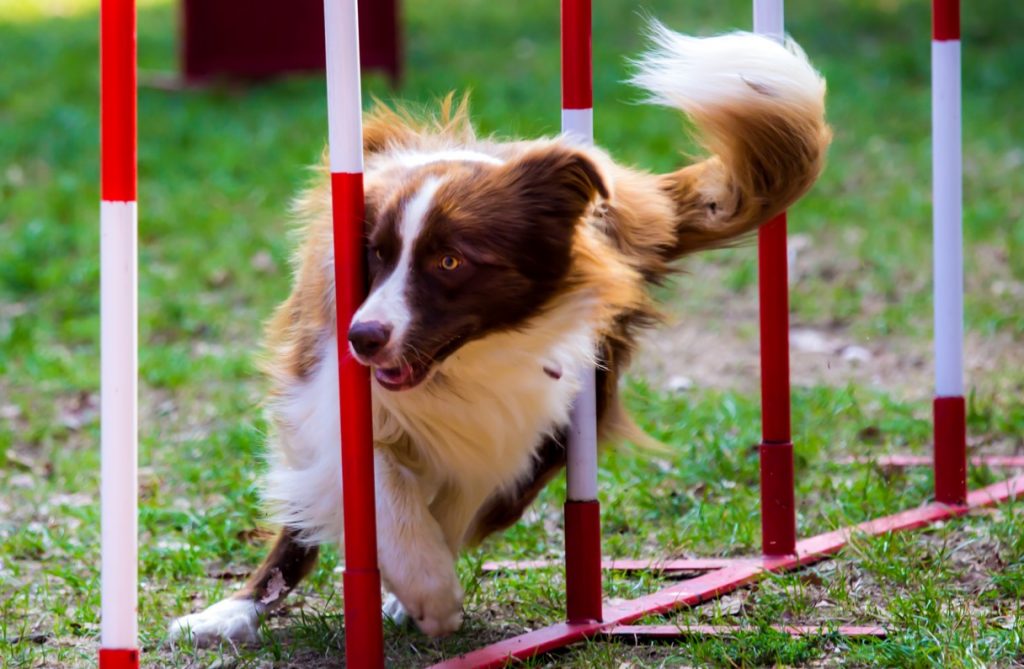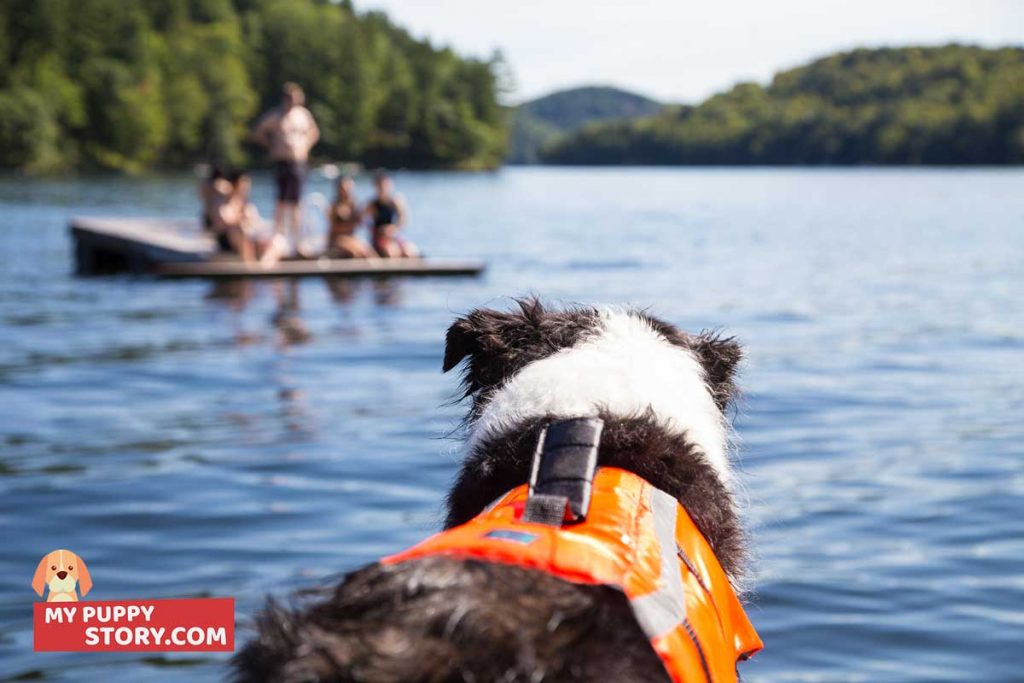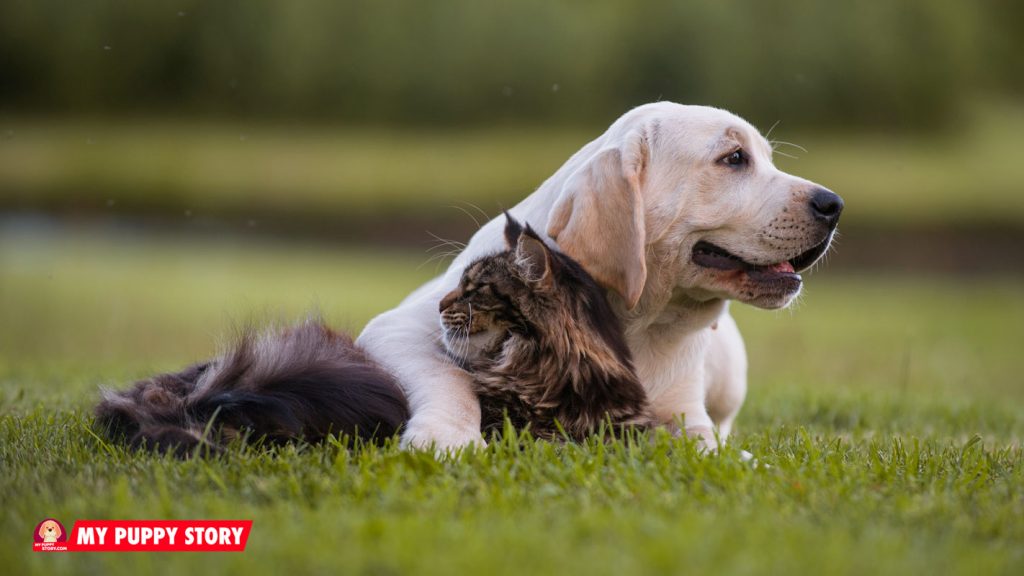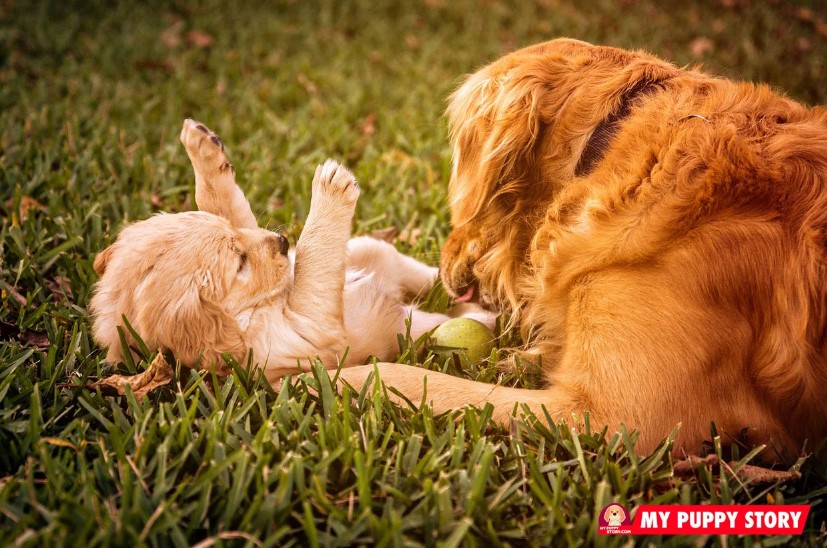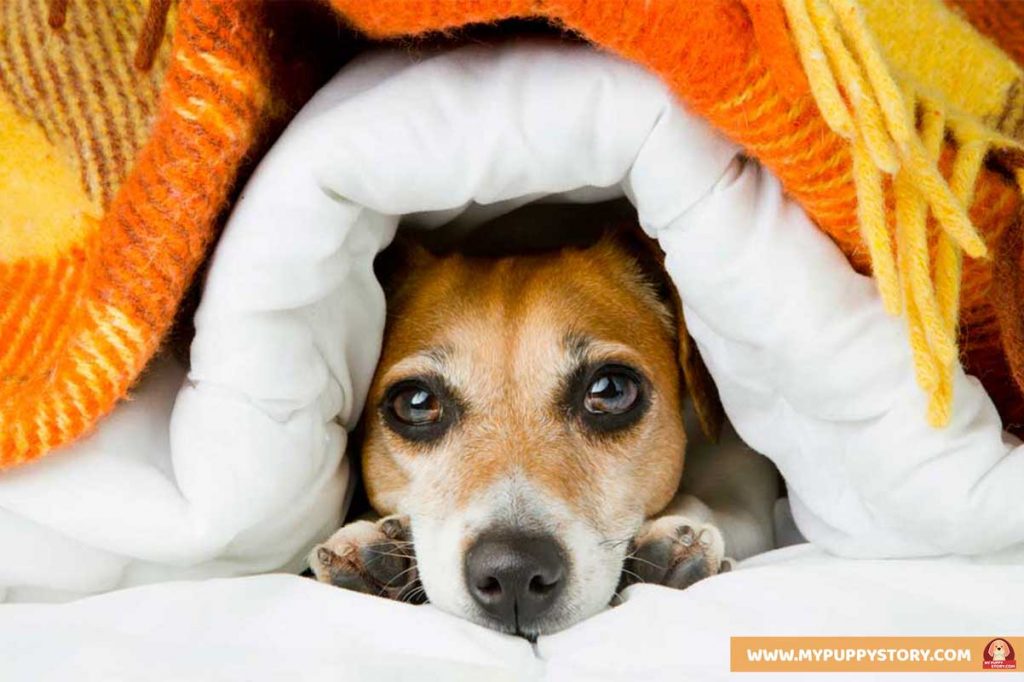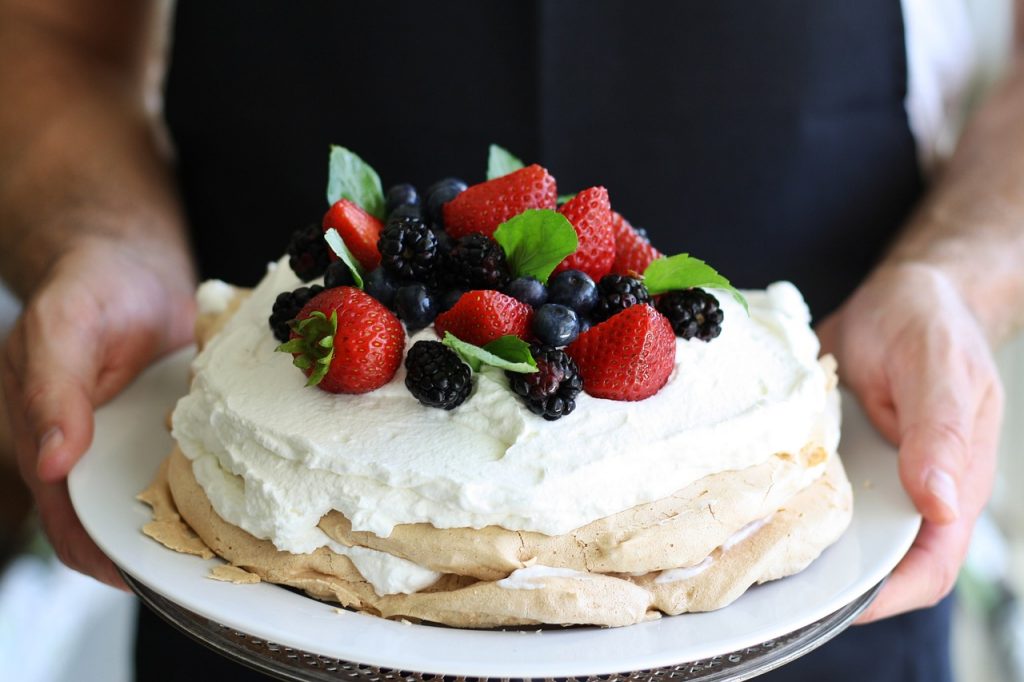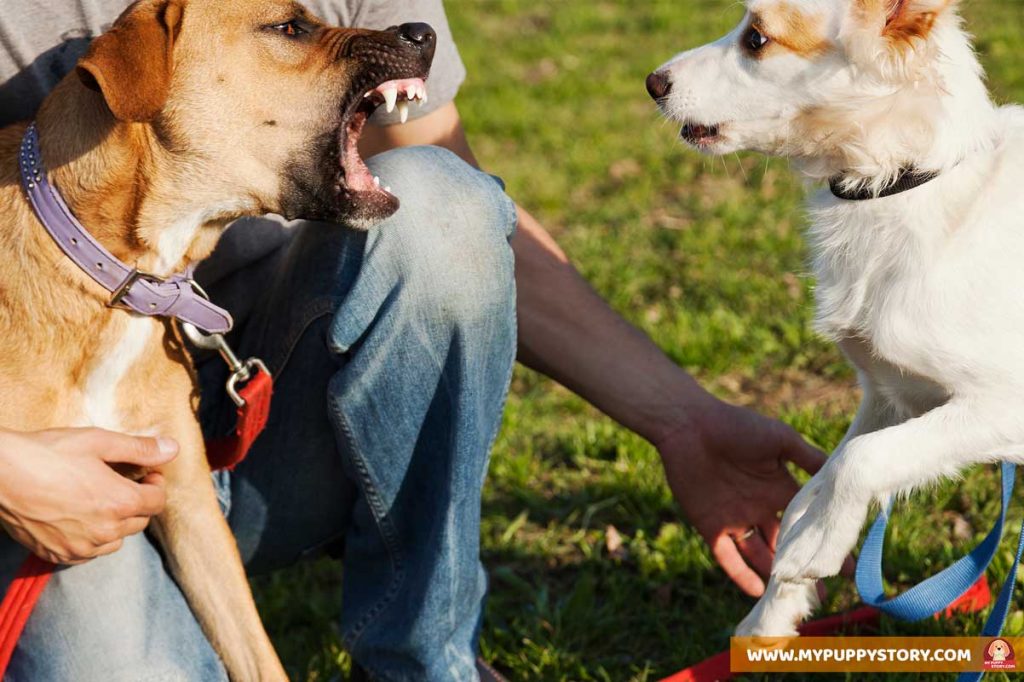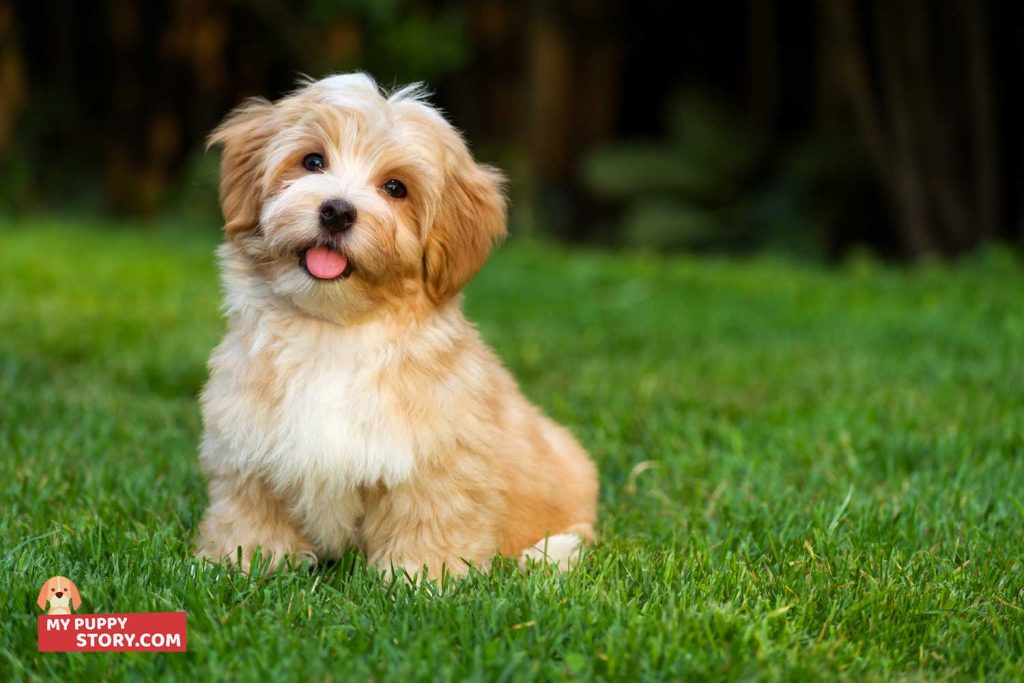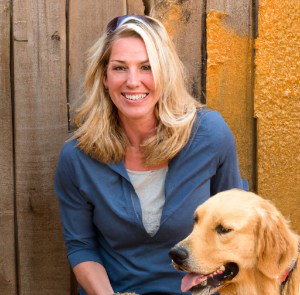February 12, 2020
Your dog & cold Like humans, dogs are also affected by the weather. In winters, they feel cold, and if they are exposed to the cold weather, they can get sick as well. Some dogs are more prone to be affected by the cold than others. This depends on the age, health, breed, weight, and […]
